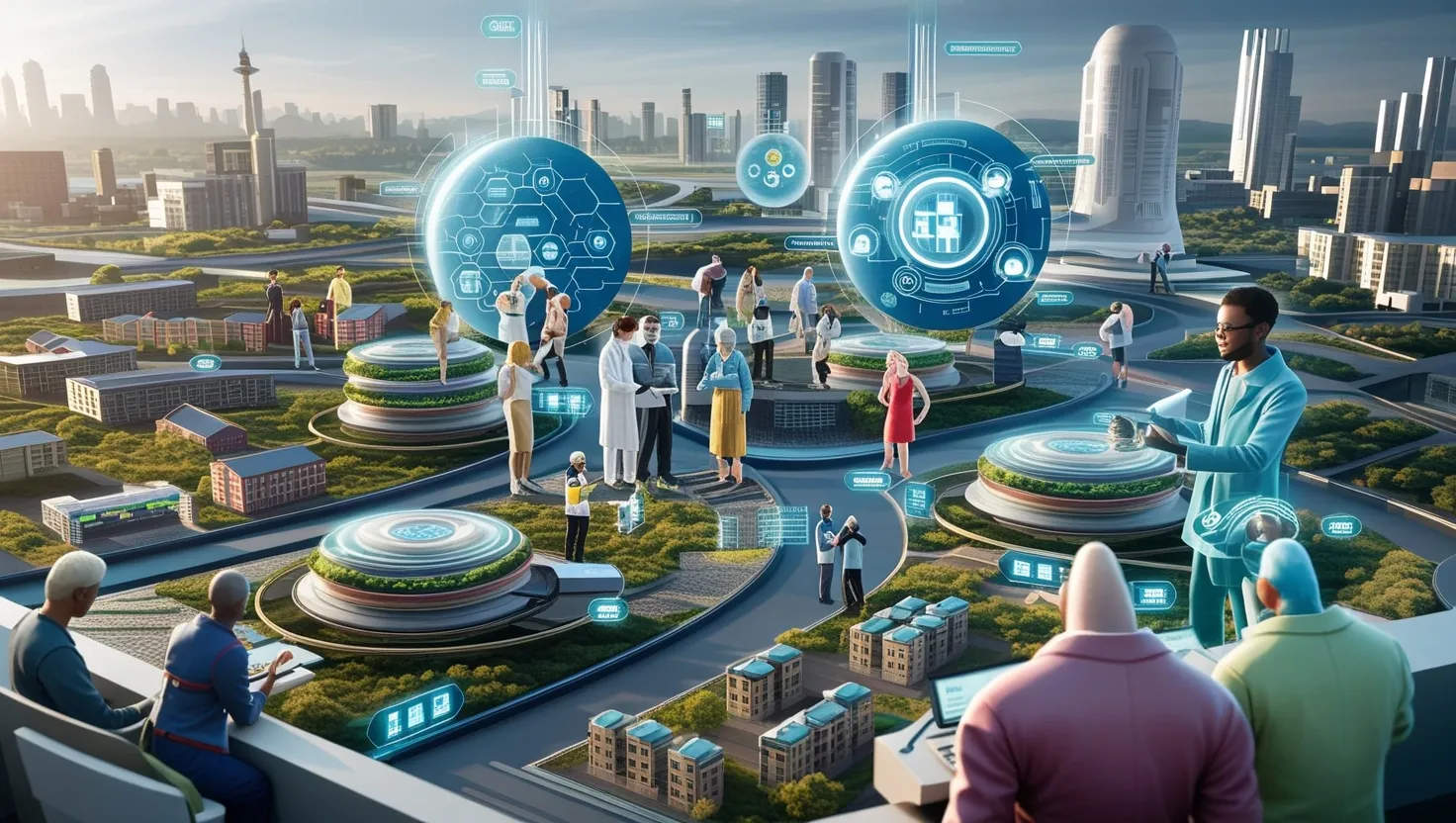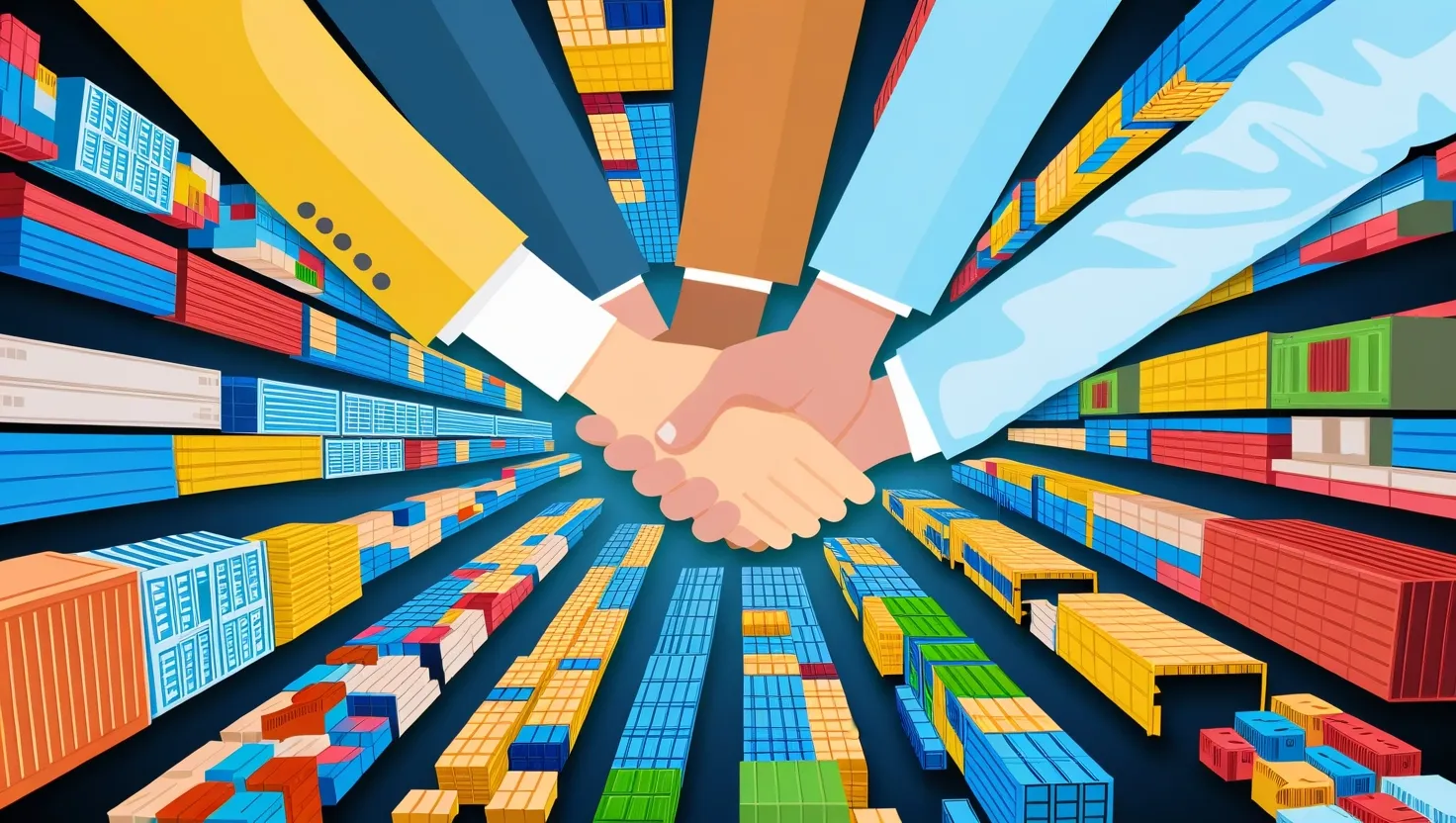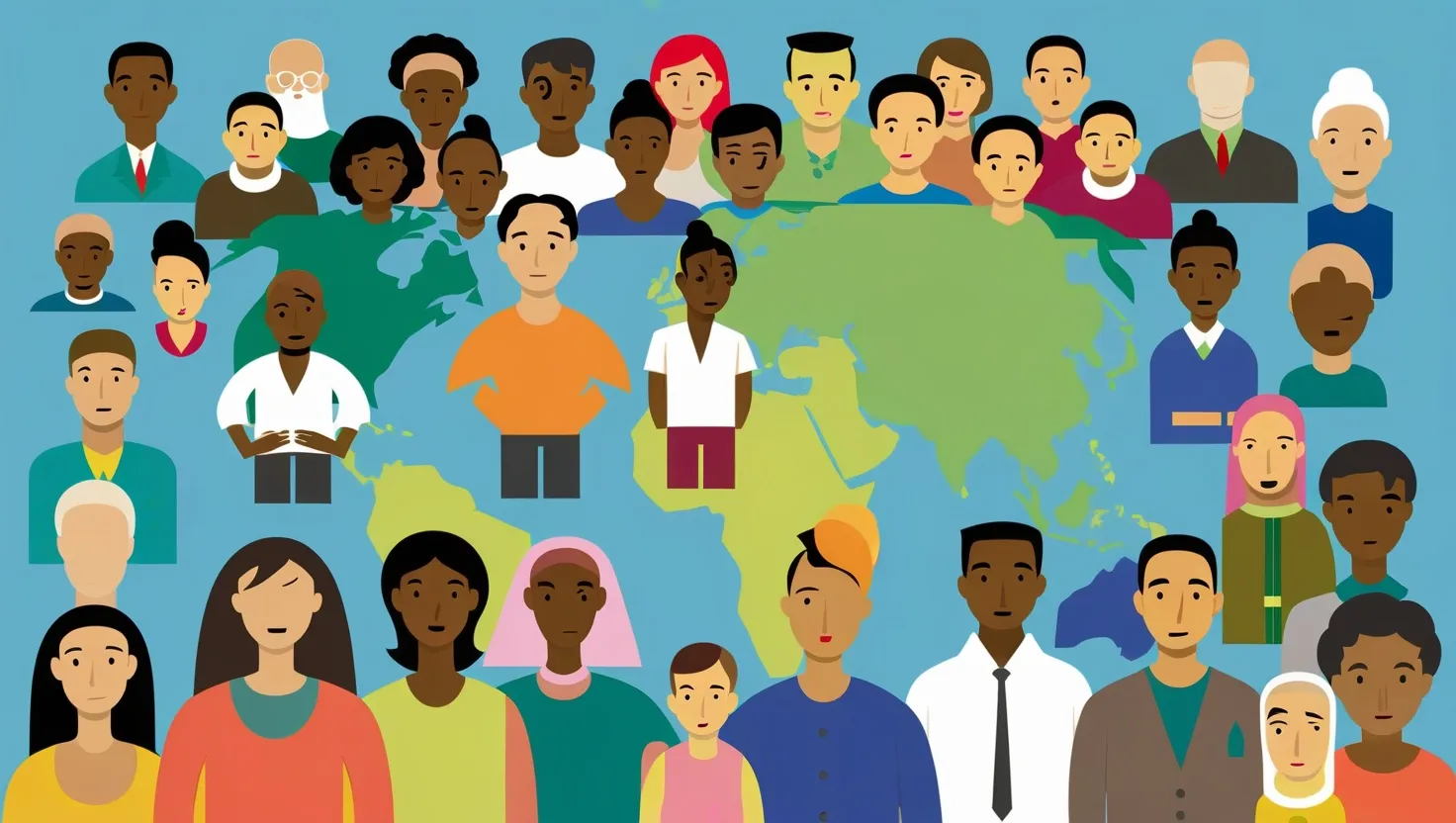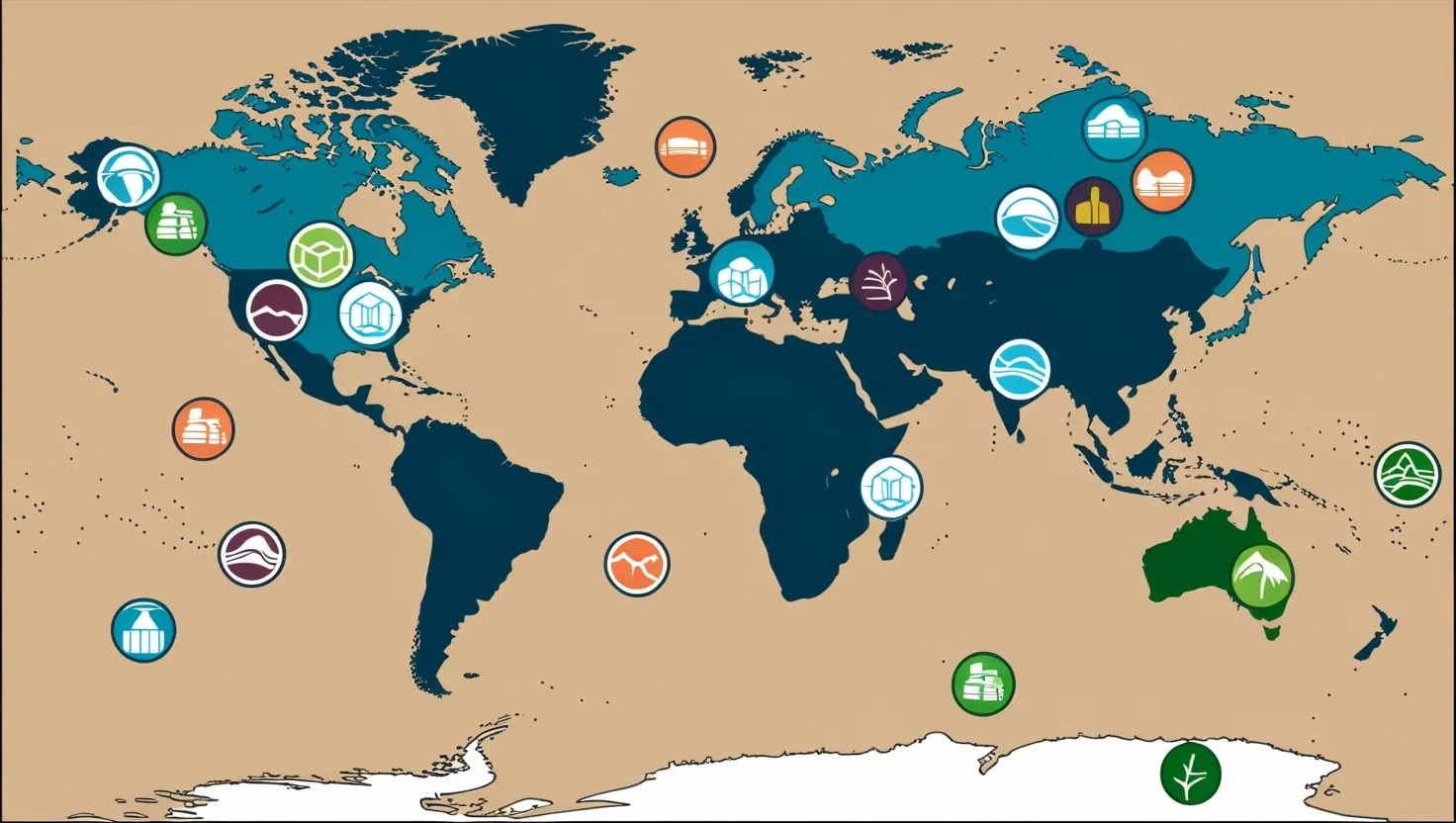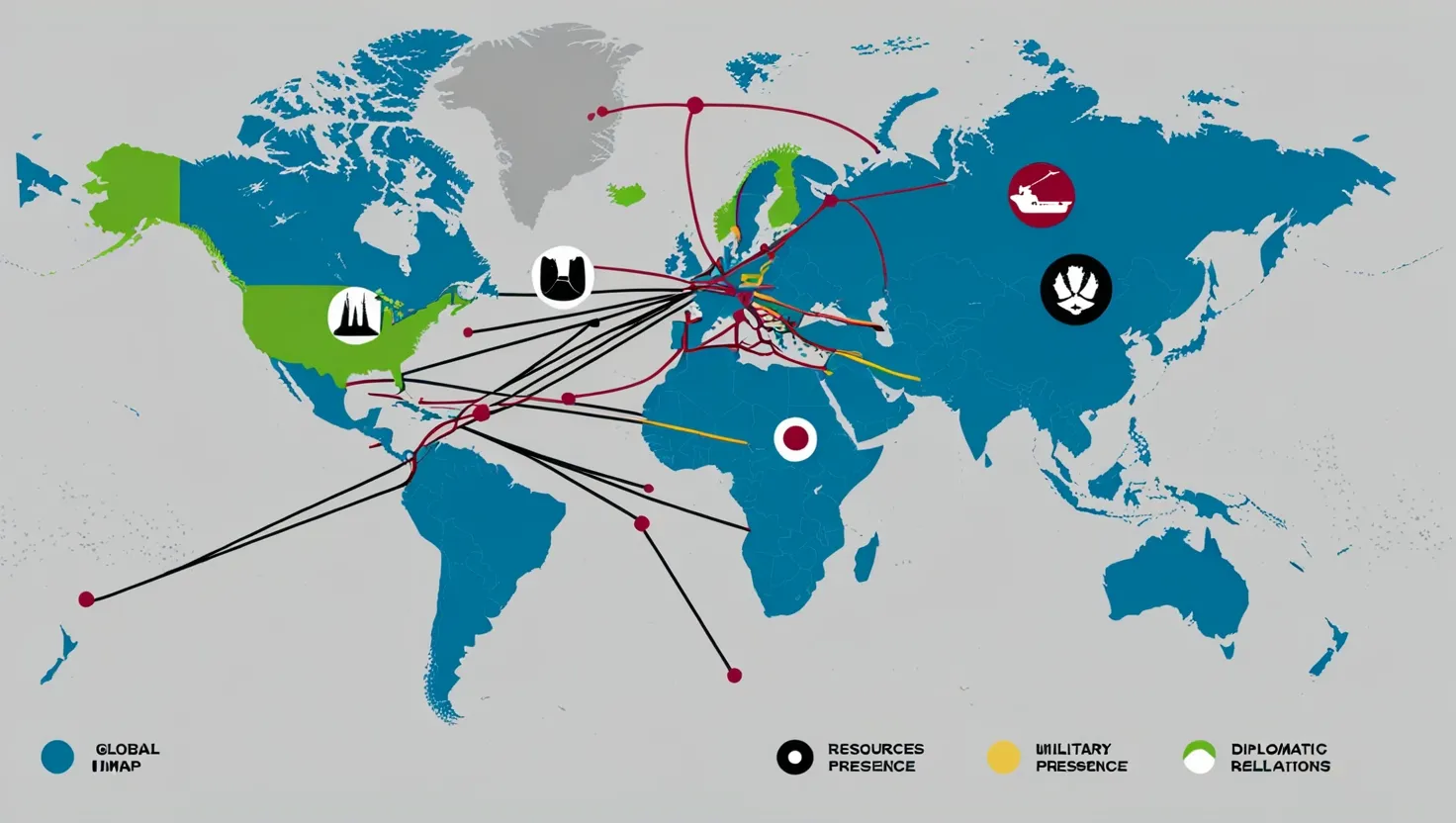As we step into 2025, the global economy is undergoing a transformation that is profoundly impacting the middle class. Seven key trends are reshaping the lives of middle-class individuals, influencing their lifestyles, social mobility, and economic stability. Let’s delve into these trends and explore their far-reaching consequences.
Automation and Job Market Transformation
Automation, once a buzzword, has become a harsh reality. It’s not just about robots replacing assembly line workers; it’s about AI and machine learning infiltrating every sector, from healthcare to finance. The impact is stark: between 50% and 70% of the decline in middle-class wages in the US since the 1980s can be attributed to automation[2].
“As machines get smarter, we need to get smarter too,” says Andrew Ng, a pioneer in AI. But how do we prepare for a future where machines can perform tasks that were once the exclusive domain of humans? The answer lies in redefining work itself. While automation displaces certain jobs, it also creates new ones – jobs that require skills we haven’t yet fully developed.
Gig Economy Growth and Income Instability
The gig economy, once hailed as a flexible alternative to traditional employment, has become a double-edged sword. On one hand, it offers the freedom to work on one’s own terms; on the other, it strips away the security and benefits that come with a full-time job. This shift has led to income instability, making it difficult for middle-class families to plan for the future.
“Freedom is what you do with what’s been done to you,” Jean-Paul Sartre once said. But in the gig economy, freedom often translates to uncertainty. As more people join the gig workforce, the need for policies that protect these workers becomes increasingly urgent.
Rising Cost of Education and Skills Gap
Education, once the great equalizer, is now a luxury many cannot afford. The rising cost of education has created a skills gap that is widening by the day. Middle-class families are struggling to send their children to good schools, let alone universities. This not only affects individual futures but also hampers economic growth.
“The whole purpose of education is to turn mirrors into windows,” said Sydney J. Harris. But what happens when those windows are too expensive to open? The answer might lie in lifelong learning initiatives that make education accessible and continuous, rather than a one-time investment.
Housing Affordability Crisis in Major Cities
Housing affordability has become a crisis in many major cities. The cost of living in urban areas is skyrocketing, pushing middle-class families to the periphery. This isn’t just about housing; it’s about access to better schools, healthcare, and job opportunities.
“The city is not a concrete jungle, it is a human zoo,” said Desmond Morris. But what happens when this zoo becomes unaffordable? Affordable housing programs are a step in the right direction, but they need to be more comprehensive and inclusive.
Healthcare Costs and Access Disparities
Healthcare costs are another significant challenge facing the middle class. Access to quality healthcare is becoming a luxury, and disparities in healthcare access are widening. This is not just a moral issue; it’s an economic one. A healthy workforce is a productive workforce.
“Health is not valued until sickness comes,” said Thomas Fuller. But what if sickness comes and you can’t afford the treatment? Universal healthcare models and innovative financing mechanisms could be part of the solution.
Retirement Savings Challenges and Pension System Reforms
Retirement savings are another area of concern. With pension systems under strain and savings rates low, many middle-class individuals are facing an uncertain retirement. This is compounded by demographic shifts, such as aging populations and lower birth rates.
“The best time to plant a tree was 20 years ago. The second-best time is now,” said Chinese proverb. But what if you didn’t plant that tree? Pension system reforms and retirement savings incentives could help, but they need to be more robust and inclusive.
Income Inequality and Wealth Concentration
Income inequality and wealth concentration are perhaps the most pressing issues of our time. The gap between the rich and the poor is widening, and the middle class is getting squeezed. This is not just an economic issue; it’s a social and political one.
“Wealth is not his that has it, but his that enjoys it,” said Benjamin Franklin. But what if you can’t enjoy it because it’s out of reach? Policies like progressive taxation, universal basic income, and social welfare programs could help mitigate this inequality.
Policy Responses
So, what can be done? One potential solution is the implementation of a universal basic income (UBI). UBI could provide a safety net for those displaced by automation and the gig economy. Lifelong learning initiatives could help workers adapt to changing job markets. Affordable housing programs and healthcare reforms are also crucial.
“Policy is the art of the possible,” said Otto von Bismarck. But what if the possible is not enough? We need to think beyond the possible and imagine a future where technology, globalization, and demographic shifts work for everyone, not just the few.
The Role of Technology
Technology is both the problem and the solution. It displaces jobs but also creates new ones. It widens the skills gap but also offers tools to bridge it. The key is to harness technology in a way that benefits everyone.
“Technology is nothing. What’s important is that you have a faith in people, that they’re basically good and smart, and if you give them tools, they’ll do wonderful things with them,” said Steve Jobs. But what if those tools are out of reach?
Globalization and Demographic Shifts
Globalization and demographic shifts are driving these changes. As trade patterns shift and populations age, economies need to adapt. This means investing in infrastructure, public services, and clean energy.
“The future belongs to those who believe in the beauty of their dreams,” said Eleanor Roosevelt. But what if those dreams are threatened by economic instability? The future belongs to those who can adapt and innovate.
As we navigate these trends, we must ask ourselves some hard questions. What does the future of work look like? How can we make education and healthcare accessible to all? How can we ensure that economic growth benefits everyone, not just the wealthy?
The answers are complex, but one thing is clear: the middle class is at a crossroads. The choices we make now will determine the future of economic stability, social mobility, and middle-class lifestyles. It’s time to rethink our policies, our technologies, and our societies to ensure that the benefits of economic growth are shared by all.
In the words of Nelson Mandela, “The greatest glory in living lies not in never falling, but in rising every time we fall.” The middle class has faced many challenges before, and it will face many more. But with the right policies, the right technologies, and the right mindset, it can rise again, stronger and more resilient than ever.
